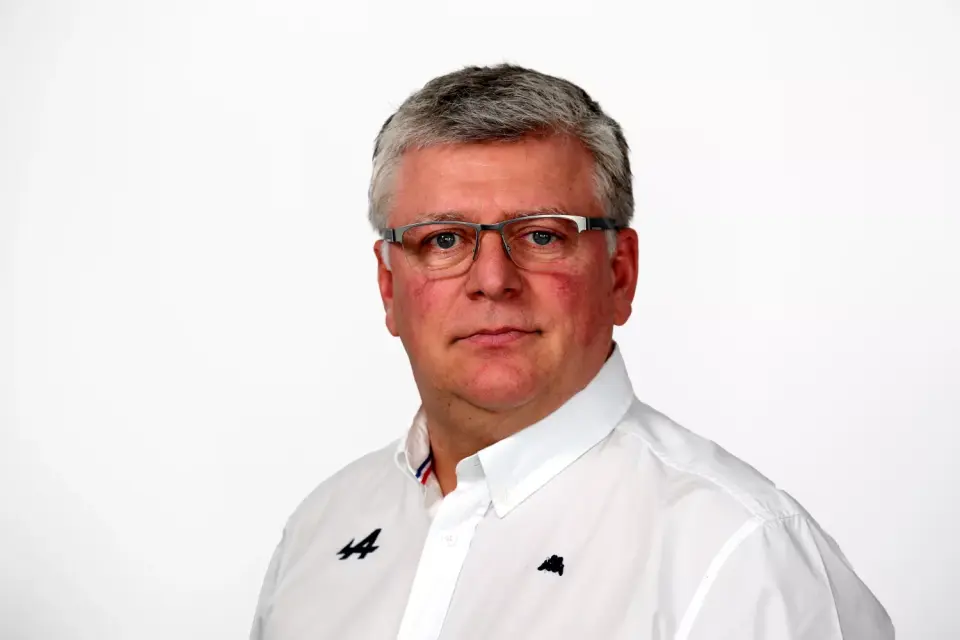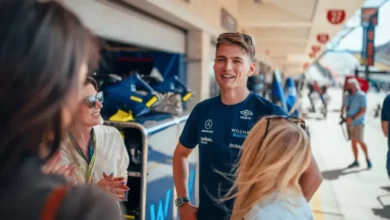Alpine’s Bold Infrastructure Upgrade Plan: A Comprehensive Response to Financial Challenges in F1
Alpine F1 Team, amid concerns of financial constraints, has made a decisive move to upgrade its infrastructure and equipment. This move comes after a significant high-level staff restructuring and aims to boost the team’s competitiveness in Formula 1.
Key Takeaways:
- Reinforcement of Financial Stability: Despite former team principal Otmar Szafnauer’s concerns about nearing the cost cap, technical director Matt Harman emphasized the team’s sound financial position. Harman highlighted that Alpine secured funds through the sale of a 24 percent stake to celebrity investors, ensuring the team can afford necessary upgrades and enhancements.
- Strategic Staff Overhaul and Future Planning: Alpine underwent major staff restructuring, parting ways with key figures including Szafnauer, Pat Fry, and Laurent Rossi. This move, instigated by Renault, aimed at accelerating progress to challenge the top teams in F1. Harman’s strategy focuses on complying with the 2026 regulations and improving simulation tools to enhance the team’s performance.
- Commitment to Long-Term Development: Alpine is not just looking at immediate improvements but also at long-term competitiveness. Harman detailed a comprehensive plan that includes upgrading facilities at both Enstone and Viry, improving simulation capabilities, and staying well-funded and staffed to meet future challenges.

Alpine F1 Team, facing reports of a potential funding shortfall, has made a strong statement about its future in Formula 1. Despite the concerns raised by Otmar Szafnauer, the team’s former principal, about the financial condition and nearing the cost cap, there seems to be a silver lining. Technical director Matt Harman has confidently rebutted these concerns, affirming that Alpine is not only financially stable but also on an aggressive path towards upgrading its infrastructure.
Last year, Alpine initiated a major restructuring process, removing key figures like Szafnauer, chief technical officer Pat Fry, sporting director Alan Permane, former racing director Davide Brivio, and CEO Laurent Rossi. This was a strategic move by parent company Renault to enhance the team’s competitive edge.
In a revealing YouTube interview with Peter Windsor, Szafnauer expressed apprehensions about Alpine’s financial trajectory, especially considering the expenses that pushed them close to the budget cap. This sparked debates about the team’s ability to sustain in the high-stakes world of Formula 1.
However, Alpine’s rebranding in 2021 as a works team and its subsequent success on the track, including victories and podium finishes, paint a picture of a team on the rise. Harman’s assurance about the team’s financial backing, primarily through the sale of a stake to celebrity investors, provides a robust foundation for their ambitious plans.
“Our focus is very much on the future and the 2026 regulations as well as the cars that we need to do between now and then,” Harman stated, outlining the team’s future strategy and focus on long-term development.
Alpine’s commitment to upgrading its equipment and infrastructure, as Harman elaborates, is not just a response to immediate challenges but a strategic plan to stay competitive in the rapidly evolving world of Formula 1. This includes investments in simulation tools and the acceleration of their three-year plan. With a well-funded strategy and a clear vision for the future, Alpine seems poised to make significant strides in the Formula 1 grid.

